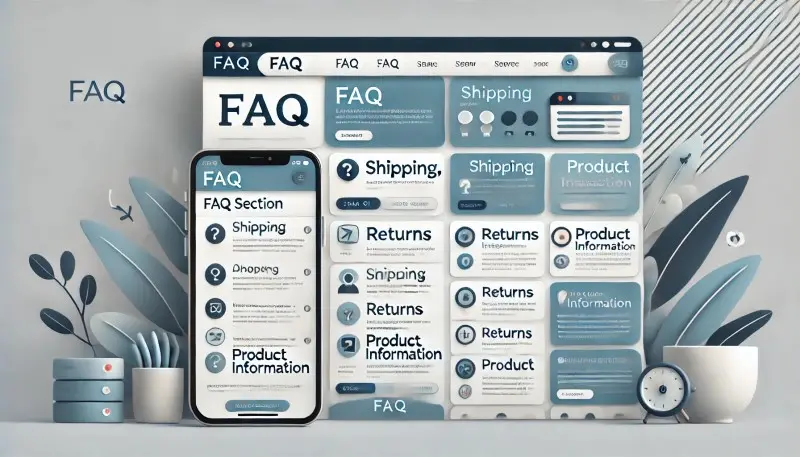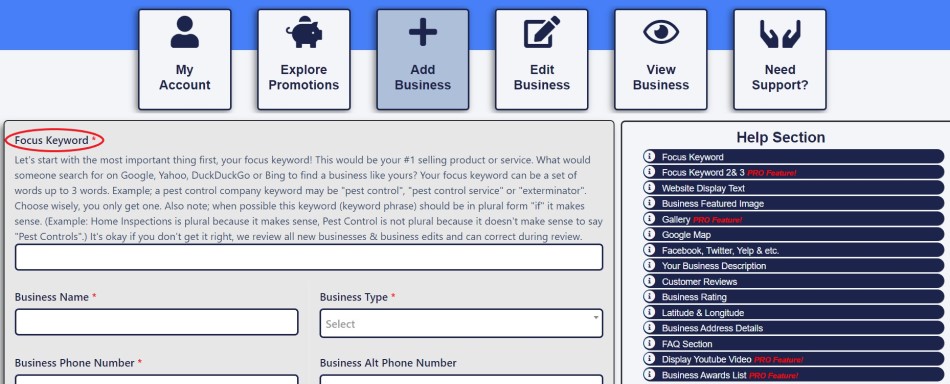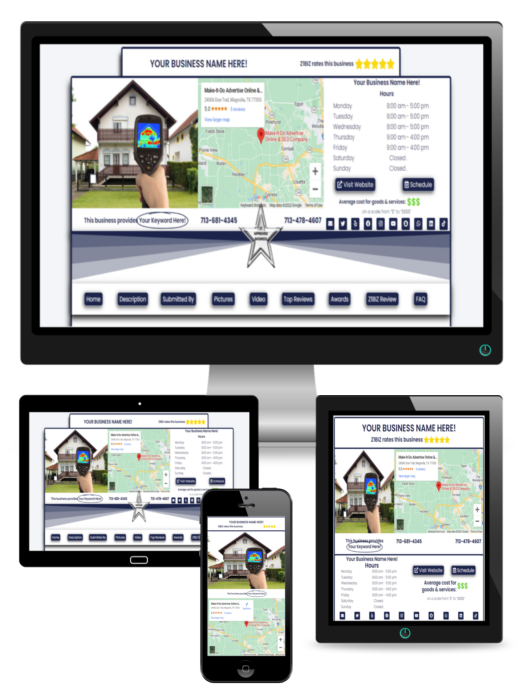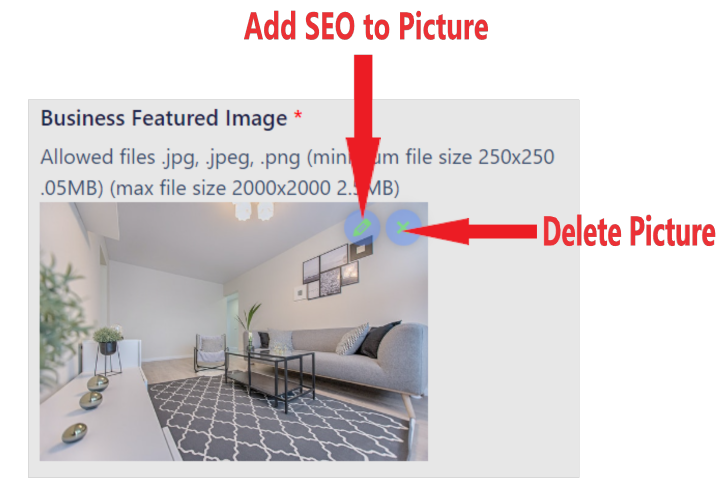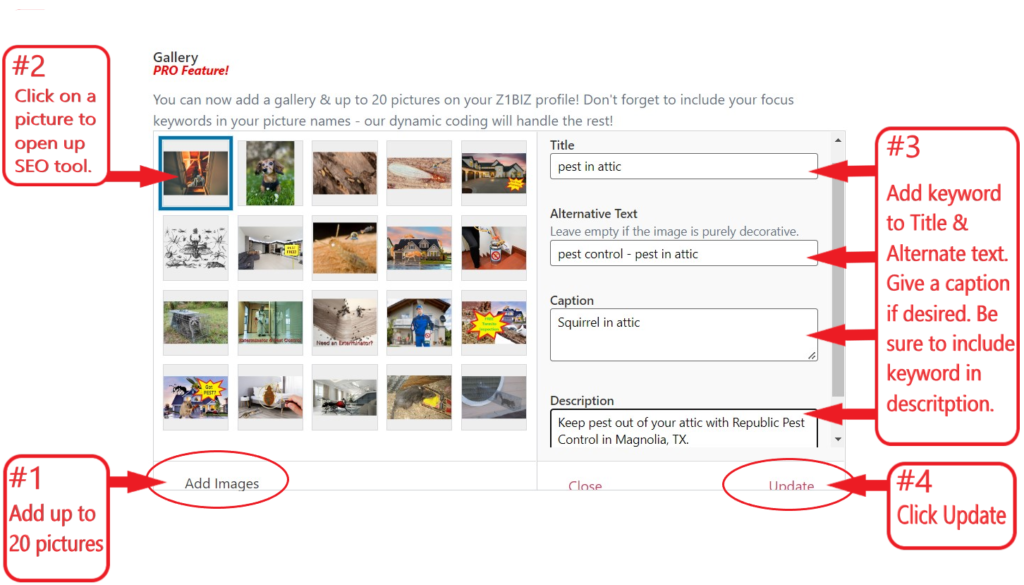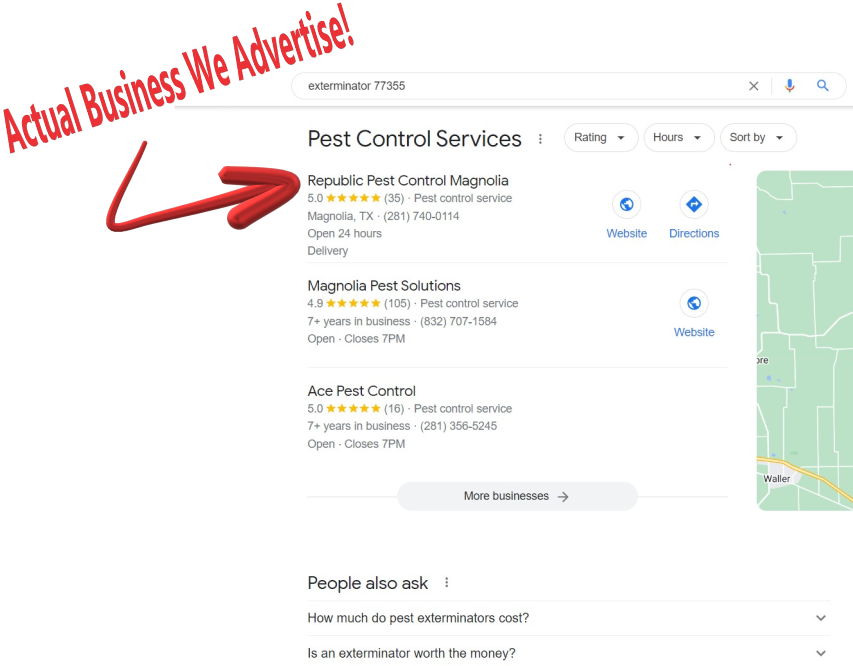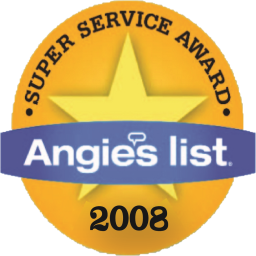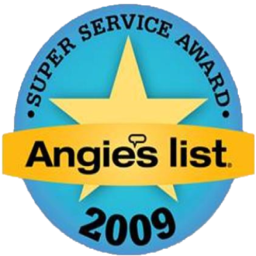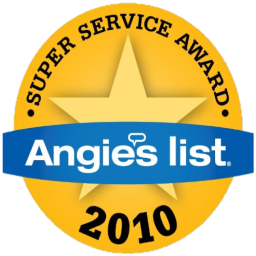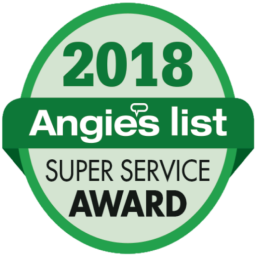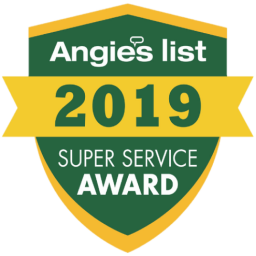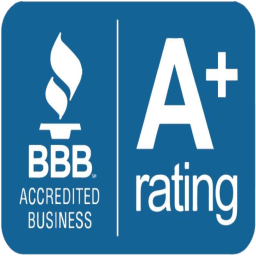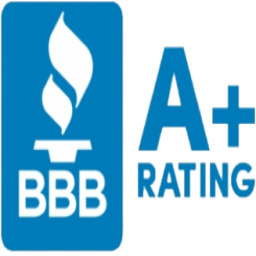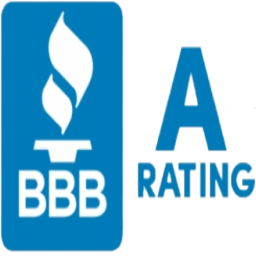At Z1BIZ, we specialize in helping businesses optimize their websites to drive better engagement and visibility. One often-overlooked yet highly effective tool is the FAQ section. When designed and implemented strategically, an FAQ section can serve as a powerhouse for enhancing user experience while simultaneously improving your site’s SEO performance.
In this article, we’ll explore how FAQ sections benefit both users and search engines, share practical tips on structuring them effectively, and highlight how we at Z1BIZ incorporate these strategies into our website optimization plans.
What Are FAQ Sections?
FAQ (Frequently Asked Questions) sections are dedicated parts of a website where common queries about products, services, or topics are answered in a concise, accessible format. They serve as a quick reference for visitors, reducing the need for direct customer support interactions and helping users find answers to their concerns efficiently.
When integrated correctly, FAQ sections enhance the user journey, demonstrate authority, and communicate key information upfront. At the same time, they serve as an SEO asset by allowing you to target long-tail keywords and appear in rich snippets on search engine results pages (SERPs).
Benefits of Using FAQ Sections
1. Improved User Engagement
FAQ sections make it easier for visitors to find answers without navigating away or contacting support. This reduces frustration, improves time on site, and fosters trust. For instance, our FAQ section on What is Z1BIZ? explains our services in a way that caters to both new and returning customers, ensuring clarity and convenience.
2. Enhanced SEO Visibility
FAQ sections are excellent for ranking in SERPs, especially for long-tail keywords and question-based searches. Search engines prioritize well-structured, informative answers in formats like featured snippets or “People Also Ask” boxes. This drives organic traffic directly to your site.
3. Lower Bounce Rates
By addressing user queries promptly, FAQ sections keep visitors engaged. When users find the information they’re seeking, they’re more likely to explore other pages, reducing your bounce rate and signaling to search engines that your content is valuable.
4. Authority Building
By providing reliable, well-researched answers, your FAQ section establishes your business as a trusted resource. For example, at Z1BIZ, we explain our plans in detail on our pricing page, giving customers confidence in our transparency and expertise.
5. Improved Voice Search Optimization
With the rise of voice search, users are increasingly asking questions in conversational language. Well-optimized FAQ sections allow your site to target this behavior effectively, making your content more discoverable through voice assistants.
Best Practices for Structuring Your FAQ Section
1. Identify Common Questions
The first step is to understand what your audience wants to know. Analyze customer inquiries, website search queries, and feedback to identify recurring questions. At Z1BIZ, we use tools like Google Analytics and customer support logs to pinpoint key concerns.
2. Use Clear, Concise Language
Answers in FAQ sections should be straightforward and easy to understand. Avoid jargon and aim for simplicity. Break down complex topics into digestible explanations. This approach works well for explaining technical services, such as those offered on our What is Z1BIZ? page.
3. Incorporate Keywords Strategically
Each question and answer should target relevant keywords. For example, if your audience searches for “how to improve SEO with FAQs,” ensure your FAQ section contains that phrase naturally. This increases the chances of your content ranking for those searches.
4. Organize Questions Logically
Group similar questions under relevant categories to enhance readability. Use headings, subheadings, or dropdown menus to ensure users can easily find what they need. For example:
Sample Structure for an E-commerce Website:
- Shipping and Returns
- “How long does shipping take?”
- “What is your return policy?”
- Product Information
- “What materials are your products made from?”
- “How do I choose the right size?”
5. Add Internal Links
Link to other relevant pages on your site within the FAQ answers. This not only improves navigation but also strengthens your internal linking structure, which benefits SEO. For example, our FAQ responses often link to pages like Plans and Pricing to encourage further exploration.
6. Optimize for Mobile
Ensure your FAQ section is mobile-friendly. This includes responsive design, fast loading speeds, and intuitive navigation. With mobile users accounting for the majority of web traffic, a mobile-optimized FAQ section is non-negotiable.
7. Leverage Schema Markup
FAQ schema markup helps search engines understand your content and display it in enhanced formats like rich snippets. These visually prominent results increase click-through rates and drive more traffic. Tools like Google’s Structured Data Testing Tool can help ensure your markup is correctly implemented.
Examples of Effective FAQ Strategies
Example 1: FAQ Placement
Placing FAQs strategically on high-traffic pages, such as product pages or service pages, ensures they address potential objections or concerns directly. On Z1BIZ, our FAQ sections are integrated into key pages like What is Z1BIZ? to provide immediate clarity.
Example 2: Interactive FAQs
Interactive elements, like collapsible questions or search bars within the FAQ section, improve usability. This format works well for sites with extensive FAQs, allowing users to find specific answers quickly.
Example 3: Visual Enhancements
Adding visuals such as icons, infographics, or charts can make FAQ sections more engaging. For example, here’s a simple chart illustrating the dual benefits of FAQ sections:
| Aspect | User Benefit | SEO Impact |
|---|---|---|
| Quick Answers | Reduced frustration | Lower bounce rates |
| Keyword Targeting | Easy-to-find information | Higher rankings for long-tail queries |
| Voice Search Ready | Improved accessibility | Featured snippet potential |
Common Mistakes to Avoid
1. Overloading with Questions
Including too many questions can overwhelm users. Focus on the most relevant and frequently asked questions to maintain clarity.
2. Neglecting Updates
FAQ sections should evolve as your business and audience needs change. Regularly review and update the content to ensure accuracy and relevance.
3. Ignoring Analytics
Track how users interact with your FAQ section. Tools like heatmaps and click tracking can reveal which questions are most accessed, helping you refine your content strategy.
How Z1BIZ Can Help
At Z1BIZ, we design FAQ sections that not only address customer needs but also drive measurable SEO results. Whether you’re looking to optimize your site for better rankings, create a seamless user experience, or both, our team ensures your FAQ sections align with your goals.
Explore more about our services on our What is Z1BIZ? page or view our Plans and Pricing to see how we can help you succeed.
By incorporating well-structured FAQ sections into your website, you can improve engagement, enhance SEO visibility, and deliver a better overall experience for your visitors. Start optimizing your FAQs today and watch the difference it makes.

